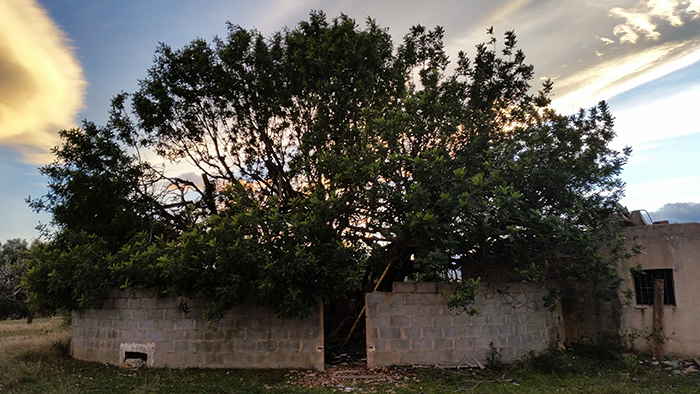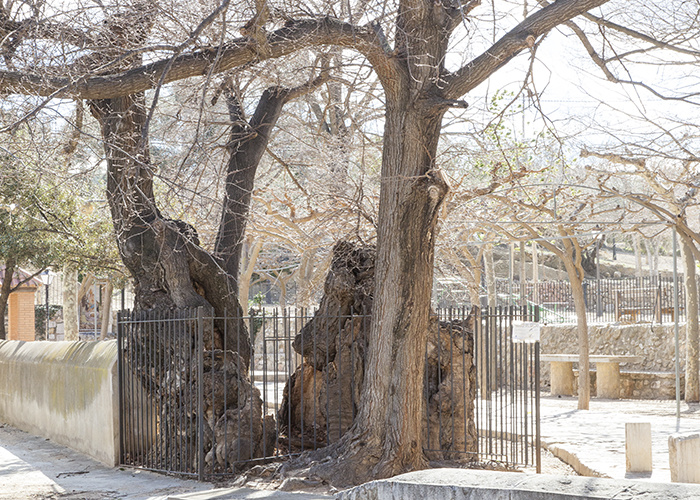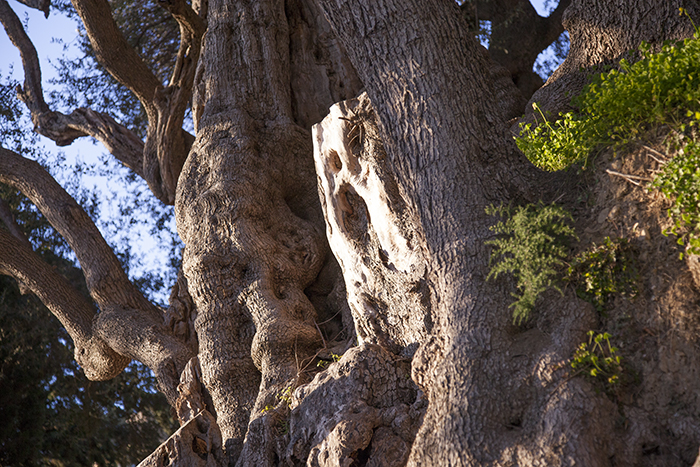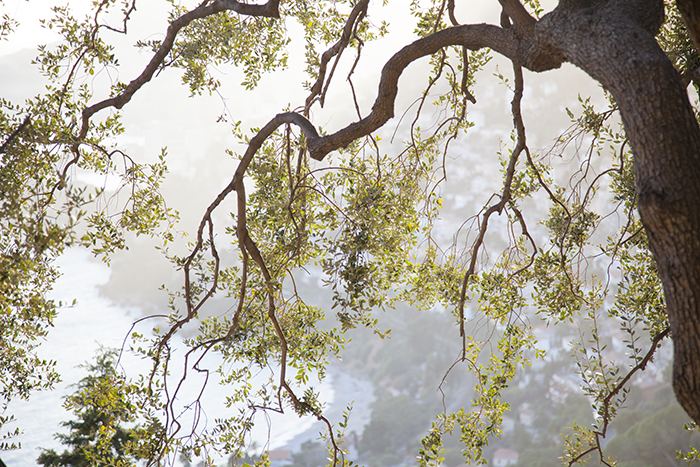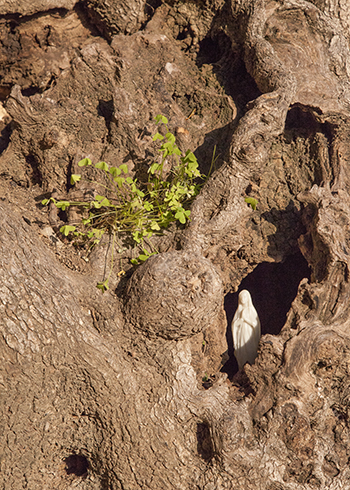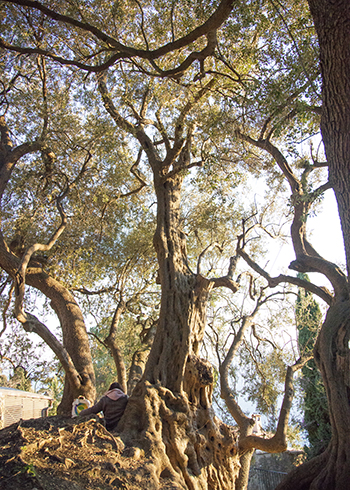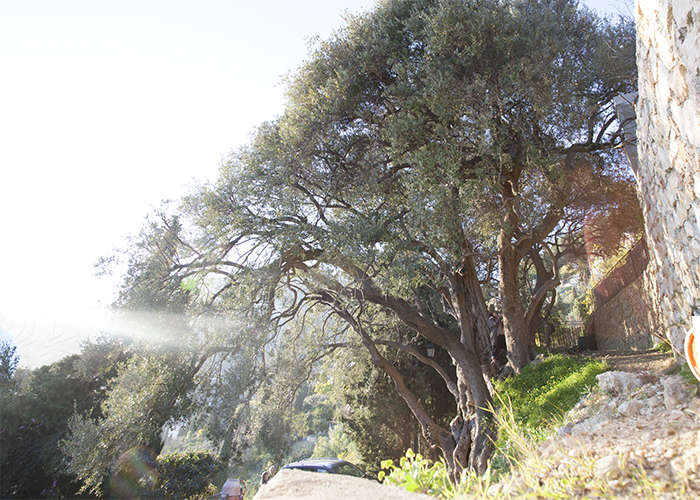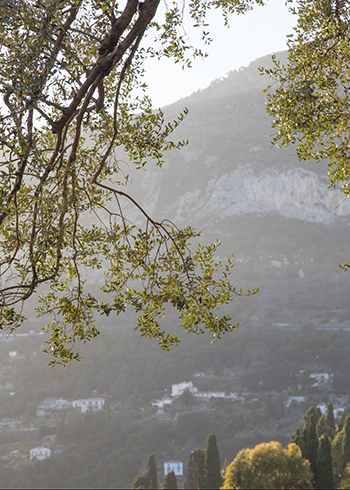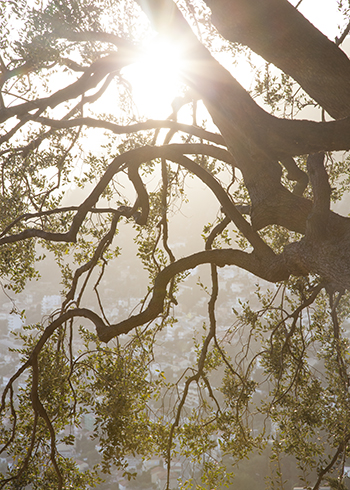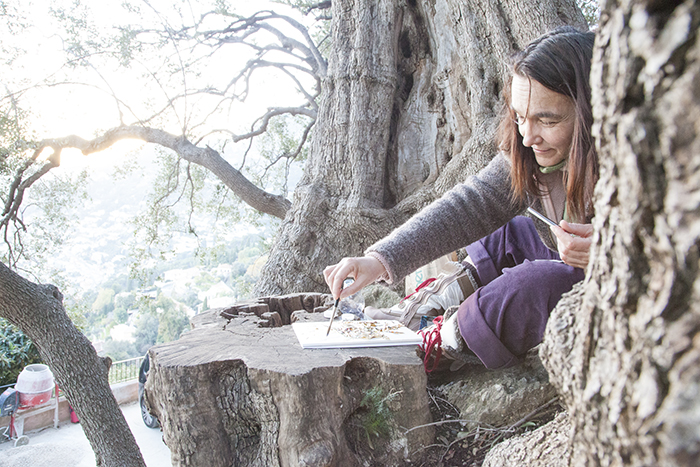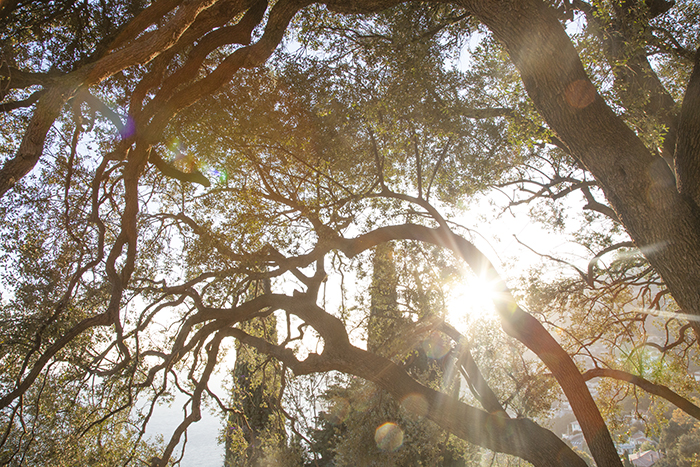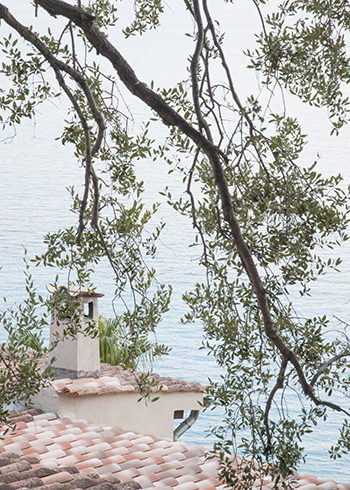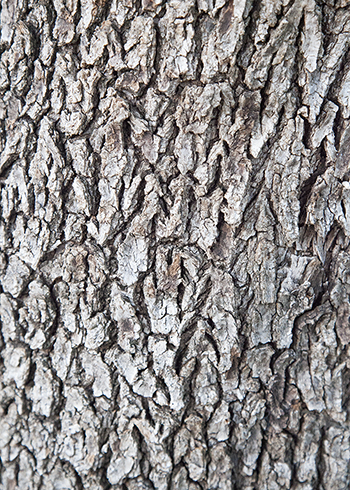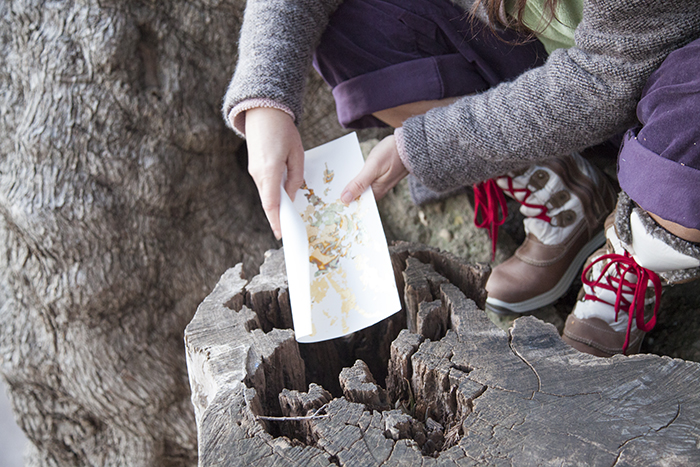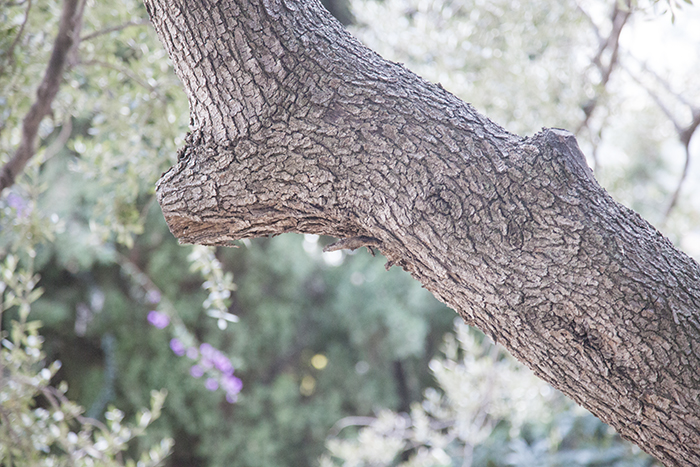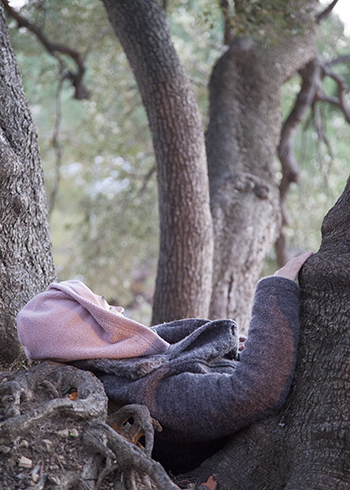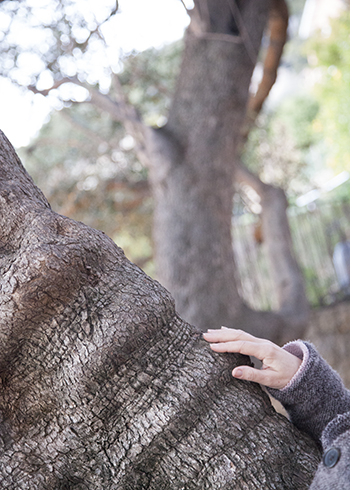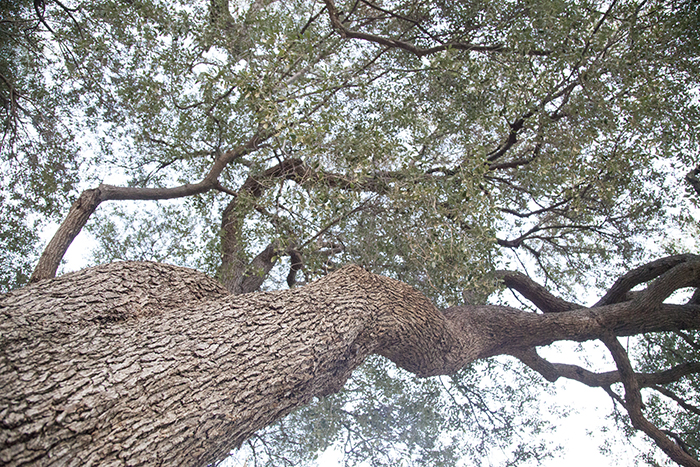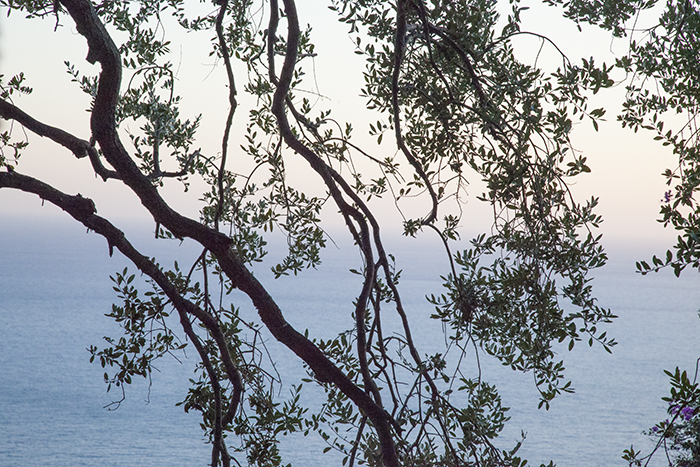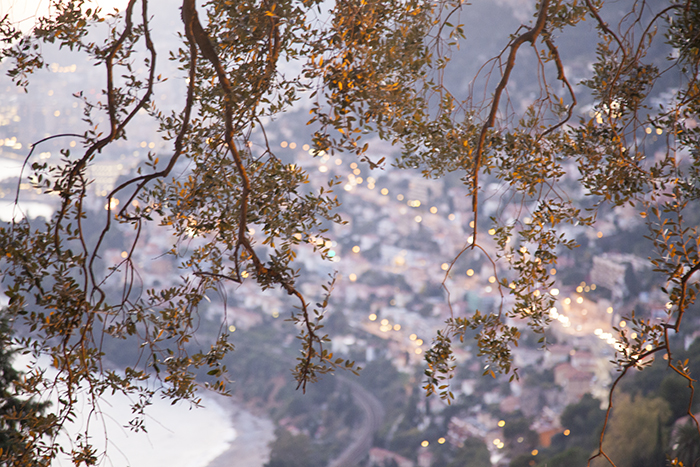St John’s-bread and Olive Tree
(Ceratonia siliqua, Olea europea)
Sant Joan de Moró and Castelló de la Plana
The series of honourable Silent Visits continue on 25. February 2015 with St John’s-bread tree in Sant Joan de Moró and Olive tree in Castelló de la Plana.
St John’s-bread in Sant Joan de Moró
 Botanical name: Ceratonia siliqua
Botanical name: Ceratonia siliqua
Location: Sant Joan de Moró, Spain
Coordinates: 40.057726, -0.131117
Circunference: about 7,7 meters
Height: unknown
Age: unknown
Healing Effects: astringent, emollient, diuretic, helps with diarrhea, dyspepsia, heartburn, constipation, strengthens the immune system and lowers the Cholisterin- and blood sugar levels
Impressions: http://tinyurl.com/seratonia-siliqua-saint-joan
Olive Tree in Castelló de la Plana
 Botanical name: Olea europea
Botanical name: Olea europea
Location: Castelló de la Plana, Spain
Coordinates: 39.989406, -0.038704
Circunference: about 6,3 meters
Height: unknown
Age: unknown
Healing Effects: digestive, regenerating, lowers blood pressure, helps with skin problems
Celtic Tree Circle: resistant, quiet, calm, confident, persistent, attentive, thoughtful, conscientious, patient, helpful (23.9.)
Impressionen: http://tinyurl.com/olea-europea-castello-plana
→ Some Olive trees are over 3000 years old!
The olive tree (Olea europea) is one of the oil family and is one of the oldest crops of our cultural history. The olive tree likes it sunny and warm and can survive with very little water from well. She is an evergreen tree that grows very gnarled and branched and has narrow, elongated, silver green leaves.
Her healing powers have a regenerating effect, lowers blood pressure, promotes digestion and is used for skin problems as oil, cream or lotion.
Further insights into the different aspects of the Olive Tree:
Photo Ceratonia siliqua: © http://de.wikipedia.org/wiki/Johannisbrotbaum
Photo Olea europea: © http://de.wikipedia.org/wiki/Olivenbaum







